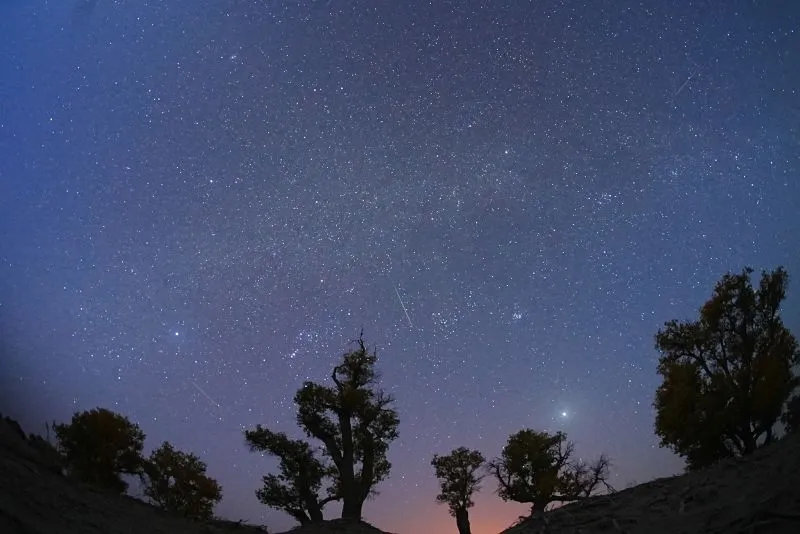Meteor Shower: Discover the Orionid Meteor Shower's Spectacular Display

Meteor Shower Peaks
The Orionid meteor shower is an annual phenomenon caused by debris from Halley's Comet. This year, the display will be most visible late Sunday night into early Monday morning, with a rate of 10 to 20 meteors per hour.
Best Viewing Conditions
- The ideal time to observe is after midnight when Orion is high in the sky.
- Look in the opposite direction of the moon to enhance visibility.
Even a few days after the peak, the Orionids will still produce meteors. Experts state that the shower has a plateau of activity, meaning it's possible to see similar rates of meteors following the peak night.
More about Halley's Comet
As Earth orbits the sun, it encounters Halley's Comet's debris trail twice yearly. Each October, this results in the Orionid meteor shower. When the particles enter Earth's atmosphere, they burn up and create bright meteors in the sky.
Celestial Events to Watch For
For those interested in other celestial events, the upcoming hunter's moon will also affect visibility of the meteor shower, peaking on November 15. Several meteor showers are approaching, including the Southern Taurids on November 4-5 and the Geminids on December 13-14. Always remember to take some time to adjust your eyes to the dark for the best viewing experience!
This article was prepared using information from open sources in accordance with the principles of Ethical Policy. The editorial team is not responsible for absolute accuracy, as it relies on data from the sources referenced.